CURRENT STUDENTS
SM Rahat Rahman- PhD Student

S M Rahat Rahman is currently pursuing his Ph.D. in Civil Engineering at Oregon State University (OSU). His research focuses on Transportation Engineering, particularly applying statistical and econometric approaches to address transportation safety issues and exploring travel behavior and transportation data. He completed his M.S. in Civil Engineering at Louisiana Tech University in 2024, where he contributed to research projects funded by the Federal Highway Administration and the Louisiana Transportation Research Center. Before joining OSU, Rahat held academic positions as a Senior Lecturer in Civil Engineering at Port City International University, Bangladesh. His teaching responsibilities included courses on Transport and Traffic Design, as well as Transportation Planning and Management. He earned his undergraduate degree in Civil Engineering from Ahsanullah University of Science and Technology (AUST) in 2014.
Rakan Mohammad Radwan Albatayneh- PhD/MS Student
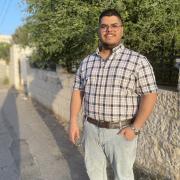
Rakan is an international student from Irbid, Jordan. He graduated from Jordan University of Science and Technology (JUST) with a B.Sc. in Civil Engineering in 2022. Currently enrolled at Oregon State University, he is working toward a master's degree in Civil Engineering with a concentration in Transportation Engineering with Dr Salvador Hernandez’s Research Group . Traffic operations safety, analytics, modeling, and intelligent transportation systems are among Rakan's research interests. In his free time, he enjoys traveling and playing tennis.
Md. Moshiur Rahman - PhD/MS Student

Md. Moshiur Rahman is a Ph.D. student in civil engineering at Oregon State University and part of the Transportation Safety and Logistics (TranSaL) group under the direction of Dr. Salvador Hernandez. In February 2021, he graduated from Bangladesh University of Engineering and Technology (BUET) with a B.Sc. in Civil Engineering. From July 2021 to August 2023, he worked as a lecturer at University of Asia Pacific (UAP). He was born and raised in Dhaka, Bangladesh. His research interests include transportation planning, safety analysis, statistical and econometric models in transportation. Moshiur enjoys socializing with new people and participating in sports (such as soccer and cricket). With a passion for sustainable development, he aspires to make meaningful contributions to civil engineering and create a positive impact on society through his research and work.
PAST STUDENTS OSU
Jaekook Kim - MS Student
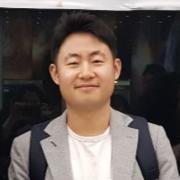
Jaekook Kim was born and raised in Seoul, South Korea. He completed his undergraduate degree in Civil Engineering at Seoul National University in 2008. In 2007, before his graduation, he joined Korea Expressway Corporation which is a government-owned company that constructs and manages expressways in South Korea. Until summer 2020, he has worked in various highway-related areas, such as highway planning, design, construction, and management. As he received a scholarship from his company, he began studying for a master’s degree in transportation engineering at Oregon State University in fall 2020. His current research interest lies in heavy vehicle safety through the application of econometric and statistical methods. He enjoys playing tennis, swimming, hiking, traveling, and hanging out with his two energetic kids.
James Umphress - MS Student
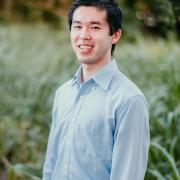
James grew up on the island of Oahu in Hawaii. He received a Bachelor's degree in Civil Engineering from BYU in 2021 with a minor in Mandarin Chinese. James's research has included topics in traffic operations and freight modeling. James has been involved with the Institute of Transportation Engineers at both BYU and OSU, as well as other engineering organizations such as ASCE and Tau Beta Pi. In his free time James enjoys baking, sports, and watching TV remotely with his sister.
Namu Timilsina - MS Student
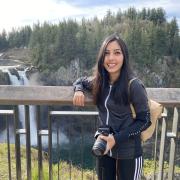
Namu Timilsina is an M.S. student in Civil Engineering and a member of the Transportation Safety and Logistics (TranSaL) group led by Dr. Salvador Hernandez at Oregon State University. Her research interests include transportation safety, crash, and safety analysis, transportation systems modeling, traffic flow analysis, and modeling. She completed her undergraduate in Civil Engineering from the Institute of Engineering, Tribhuvan University, Nepal. She likes to hike, trek, travel in her free time.
Sukallyan Ghosh - MS Student
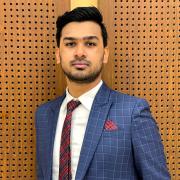
Sukallyan is an international student from Dhaka, Bangladesh. He completed his B.Sc. in Civil Engineering from Bangladesh University of Engineering and Technology (BUET) in 2021. He is very passionate about transportation safety. In his undergraduate thesis, he worked on railway crashes, and how changes in policies can help minimize the crash number. Right now his research interest lies in transportation safety, human factors, and econometric modeling. Apart from academics, he loves to explore new countries and try out the local foods, and coffee shops. His other hobbies include photography and sports (mainly soccer).
Hamsa Abbas Nayyef Zubaidi - PhD Student
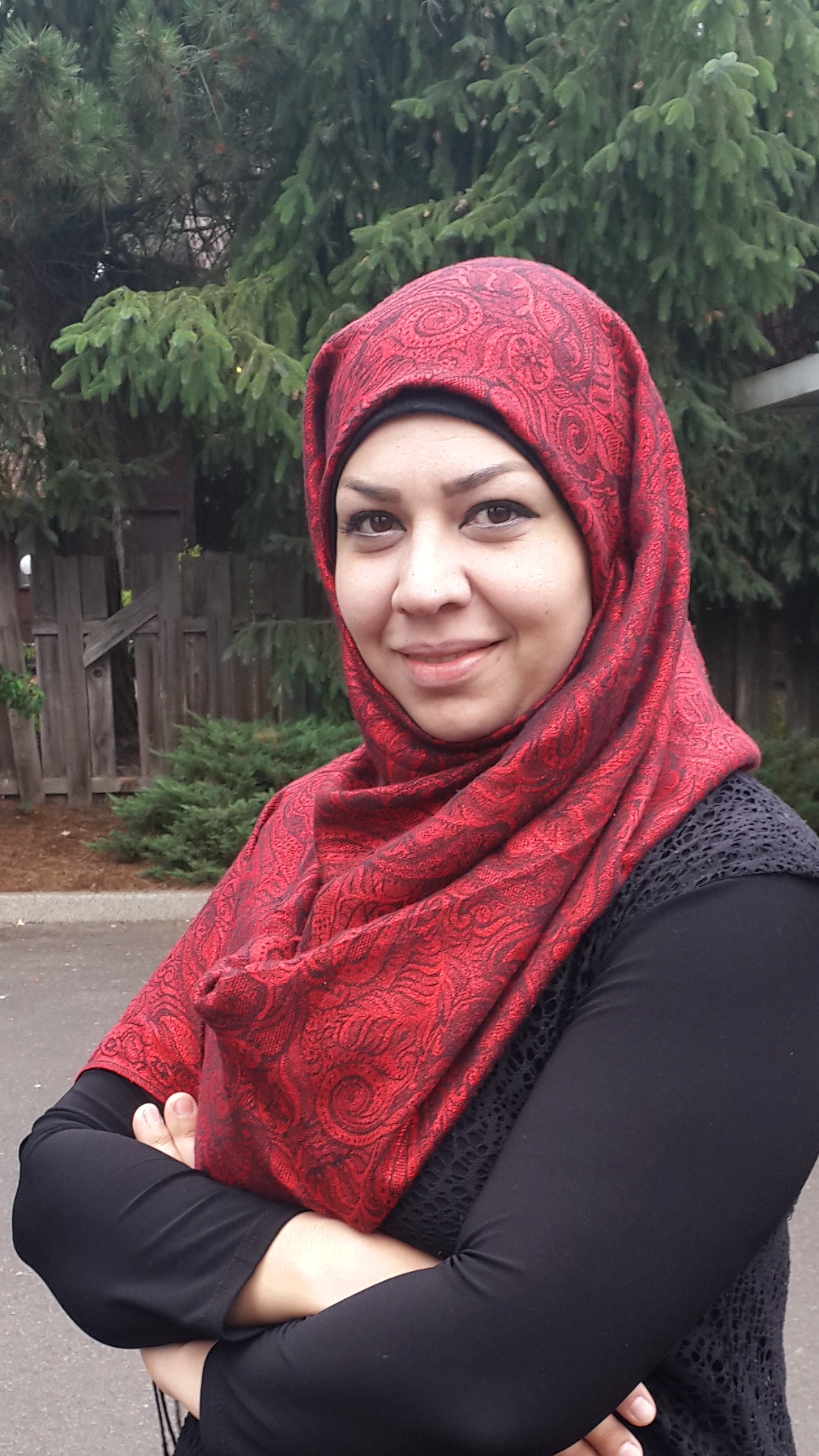
Hamsa Zubaidi completed her undergraduate degree in Highway and Transportation Engineering at AL-Mustansiriya University in 2004, Baghdad. In 2006 she worked at the Civil Department, College of Engineering, at Al-Qadissiya University. She earned her masters degree in Highway and Transportation Engineering from AL-Mustansiriya University in 2012, her thesis topic was "TRIP GENERATION MODELING FOR SELECTED ZONES IN DYWANIA CITY". In 2012 she became the Head of Governmental Contracts, at AL-Qadisiyah University. Then in 2013 she became Head of Quality Assurance and University Performance Department in addition to an assistant lecturer in the same University. In 2014 she received a scholarship from her government to work on a PhD in Highway and Transportation Engineering at Oregon State University, USA. Her interested are in transportation planning, econometrics and statistics, Geographic Information Systems (GIS), pavement structure design and asphalt technologies.
Brianna Velasquez - MS Student
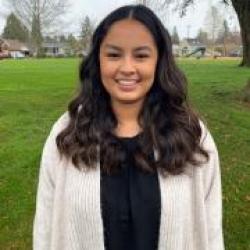
Brianna Velasquez was born and raised in Portland, Oregon. She is the first in her family to pursue a career as an engineer. Brianna is a Ford scholar. She completed her undergraduate degree in Civil Engineering at Oregon State University in 2019. She is currently pursuing her master’s degree in Transportation Engineering with a minor in Statistics. Brianna’s research interests include transportation safety and analytics. She is currently working on transit bus safety. Brianna is a member of the Institute of Transportation Engineers and is responsible of the chamber’s media relations for the 2020-2021 school year. Brianna’s favorite hobbies include traveling and hiking.
Aleah Olsen - MS Student
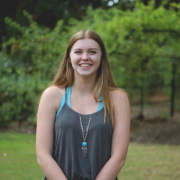
Aleah was born and raised in Tigard, Oregon She just completed her third year at Oregon State University and is currently pursuing a bachelor’s degree with a major in Civil Engineering and a minor in Spanish. She discovered her interest in transportation engineering after taking various professional school courses and wants to further explore the discipline.
Edith Velasco - Undergraduate Student

Edith Velasco was born in Hermiston, Oregon and spent her whole life in the small town of Boardman, Oregon. She is the first in her family to attend college. She is a first year wanting to pursue a degree in civil engineering. Edith is a member of the Society of Hispanic Professional Engineers, and the sub group for Latina's (SHPE and SHPE Latina). She also enjoys soccer, traveling, hikes, and volunteering.
Dr. Jason C. Anderson (Post-Doc Portland State University)

Jason C. Anderson was born and raised in Ukiah, CA, a mid-sized town just north of San Francisco. As a teenager, Jason left high-school, got his G.E.D., and moved to San Francisco permanently. Shortly thereafter, he moved to Sacramento and lived there until he made his way to the Pacific Northwest. 10 years later and Jason has completed his B.S. and M.S. at Oregon State University. Currently, he is in his final year of his Ph.D. studies. Jason’s research interests consist of analytic methods in transportation safety. Currently, Jason is working on heavy vehicle safety, with a specific focus on parking related issues, at-fault crashes, distracted driving, and hard braking/accelerating. Jason is an avid sports fan, specifically the Sacramento Kings, San Francisco Giants, and NASCAR. Other hobbies include music and traveling (Jason loves China).
Dr. Nabeel Saleem Saad Al-Bdairi (Works of Wasit University, Wasit Iraq)
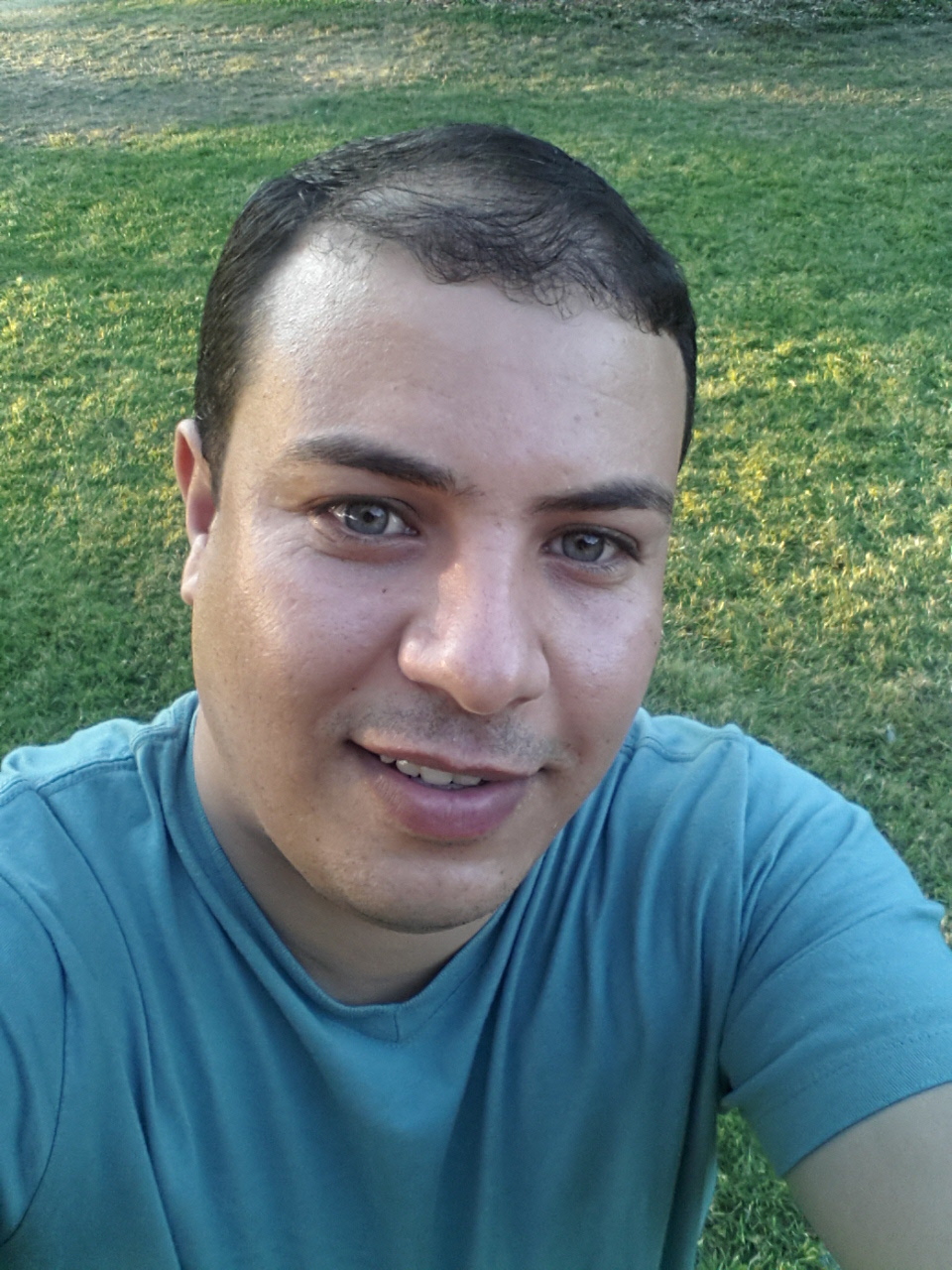
Nabeel was born Babylon City, which is one of the most famous historical cities in the world. He received his Masters Degree in Transportation Engineering from Babylon University in 2011. In 2014 He received a scholarship from his government to work on a PhD in Highway and Transportation Engineering at Oregon State University, USA. His interested are in transportation planning, econometrics and statistics, Geographic Information Systems (GIS), pavement structure design and asphalt technologies.
Joe Claveria - Masters Student (Works for Brown and Caldwell)
Born and raised on the island of Guam, Joe is seeking his Master’s Degree in Civil Engineering at Oregon State University. He completed his bachelor’s degree in 2015 from the University of Portland. His current research interests are determining causes for specific outcomes, such as willingness-to-pay and transportation safety, by developing statistical models. When not overwhelmed by graduate student responsibilities, Joe enjoys basketball and having a good time with friends. [WORKS AT BROWN AND CALDWELL]
Ali Jafarnejad - Masters Student (Works for ODOT)

Ali is from Tehran, the capital of Iran. He completed his master’s degree in construction management in Iran and started his second master in transportation engineering at OSU in fall 2014. He has more than five years of working experience in both industrial and academic positions. Ali’s research interests are in the areas of transportation safety and transportation modeling. His Current research related to safety in highway mobile maintenance operations. His favorite hobbies include traveling and outdoor activities, such as hiking and mountain climbing. [WORKS AT ODOT]
Eric North - Undergraduate Student
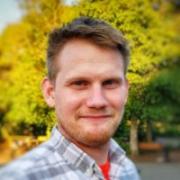
The Summer Undergraduate Research Fellowship (SURF) program:
Over the past two decades, natural disasters (for example, earthquakes) have grown in number and intensity. These events have led to the destruction of property and in most instances the loss of life with worldwide costs in the hundreds of billions. The key to a rapid recovery from such events is dependent on available resources (where they are located) and a reliable transportation network. Examples of critical resources may be heavy equipment for clearing debris or for helping in the reconstruction of damaged infrastructure (e.g., bridges, powerlines, water lines, etc.), utility repair equipment and materials (e.g., power transformers, cable, conduits, etc.), and much more. As for a reliable transportation network, simply is the road network dependable enough as to allow for the various entities (e.g., utilities, state and federal agencies, etc.) to access their critical resources for the recovery efforts? The decision of where to locate these critical resources as to guarantee that they will be accessible after a disastrous event like an earthquake is very difficult since there is no assurance that the transportation network will remain intact. Hence in this project we propose to develop an optimization model based on discrete location and network flow theory that takes into account two decisions that an entity can make, first where to locate critical resources and second determine the most probable paths between resource locations and impacted destinations as to minimize recovery efforts. [WORKS FOR CITY OF EUGENE]
Dejan Dudich - Masters Student (Works for ODOT)
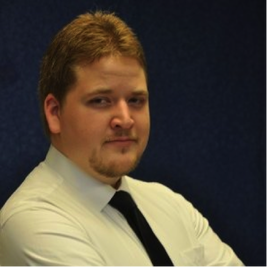
Dejan Dudich was born in Sarajevo, Bosnia. He moved and grew up in San Diego county after the age of three.He completed his undergraduate degree at Northern Arizona University in 2013. He is currently working on his Masters of Science in Civil Engineering focused in Transportation Engineering at Oregon State University. His research interests focus on transportation safety, the application and innovation of Intelligent Transportation Systems, Vehicle to vehicle communication, and planning and mitigating affects to the transportation system due to natural disasters.
Jasmine Pahukula - Masters Student (Works for DKS)
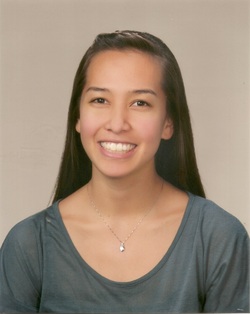
Jasmine grew up in Kailua, (Oahu) Hawaii. She completed her undergraduate studies in Civil Engineering in 2013 at Oregon State University. She is currently working on her M.S. in Civil Engineering focused in Transportation Engineering at Oregon State University. Jasmine is also pursuing a certificate in Geographic Information Systems (GIS). She is interested in the application of econometric techniques to various transportation problems. Her current research deals with heavy vehicle safety. She is currently working at DKS Portland.
PAST STUDENTS AT UTEP
Lynda Macias - Masters Student
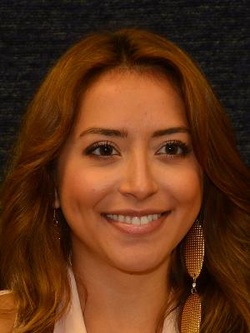
USDA- Green Sustainable design of warehouses/manufacturing and location
Abstract: The increasing reliance on fossil fuels by today’s emerging economies has a profound implication on the sustainability of many warehousing and distribution logistical systems worldwide. Hence, this research attempts to fill the gap in current green warehousing literature by investigating how warehousing and distribution facilities view greener strategies as a way to increase operation efficiency through a stated preference approach, namely and industry survey. A survey instrument was developed and conducted to identify warehousing characteristics, green practices, and current green views of warehouse managers in El Paso, Texas. The survey results found a balanced outlook within the environment and business needs. Companies revealed the importance of investing on the environment, while also improving operational efficiencies and lowering costs, in spite of an economic downturn. Others showed indications of incorporating green strategies for the purpose of benefiting the company, and if these investments are not too costly.
Mouyid B. Islam, PhD (Works for CH2M HILL)
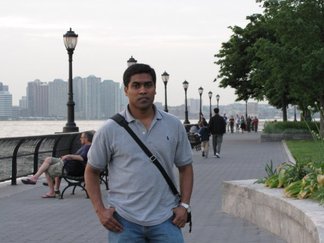
MODELING LARGE-TRUCK INVOLVED CRASHES: AN ECONOMETRIC MODELING FRAMEWORK
ABSTRACT:
This research aims to analyze large-truck involved crashes (i.e., having a gross vehicle weight rating more than 10,000 pounds) through the application of advanced econometric modeling techniques—namely, random parameter models (i.e., tobit regression, mixed logit). To achieve this, various national and state specific data sets are analyzed with the goal to provide an improved understanding of the complex interactions of contributing factors (e.g., factors related to drivers and occupants, vehicle, and road-environment) influencing large-truck crashes. Additionally, the modeling techniques considered in this research account for possible unobserved effects related to the data. The aforementioned econometric techniques provide an analytical foundation for exploring the contributing factors leading to large-truck involved crashes.
Jana Červinská - Masters Student
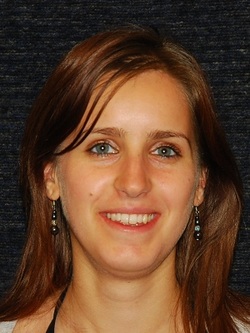
Comparison of EU and US seaport facilities and liner shipping
ABSTRACT:
Maritime trade is the backbone of international trade, specifically seaports which provide the gateway for the shipping and receiving of all international goods. Any disruption in operation can trickle down the global supply chain increasing costs and delay delivery of supplies. Hence, the objective of this work is the formulation of optimization models to study the vulnerability of intercontinental ports. Experiments are applied to container transportation between U.S. and Europe. The work differentiates itself from previous studies in that we analyze the vulnerability of the sea ports and compare how the closing of some ports or liner shipping lanes influence/impact the total supply chain costs for a set of commodities.
Jiří Tylich - Masters Student
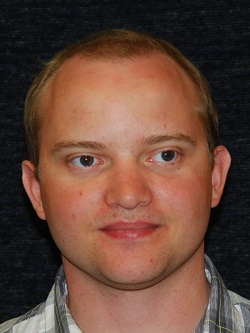
A Multimodal Freight Collaborative Hub Location and Network Design Problem
ABSTRACT:
New collaborative technologies have been developed in recent years and they offer potential solutions and opportunities for collaboration among all modes of transportation. Multimodal transportation is the shipment of goods in a single transportation unit. The main factor for the creation of efficient multimodal transportation network is an appropriate location of multimodal facilities and effective routing through existing transportation networks with focus on minimizing the operational costs. This research seeks to understand and develop collaboration models for both rail and highway modes of transportation, referred to as rail-road collaboration, thereby filling a key gap in the current collaborative logistics literature. From an operations research perspective, two models were developed. First, a static multimodal freight collaborative hub location problem (MFCHLP) was addressed to gain insights on effects of multiple commodities on collaborative intermodal transshipment facility locations from a planning perspective. Second, a collaborative freight multimodal fixed charge network design problem (SMMCCP) was also addressed to gain insights on the effects of multiple commodities on multimodal collaborative routing over a fixed network. The aforementioned models provide an analytical foundation for exploring the LTL carrier collaboration paradigm.
Štefánia Semanová - Masters Student
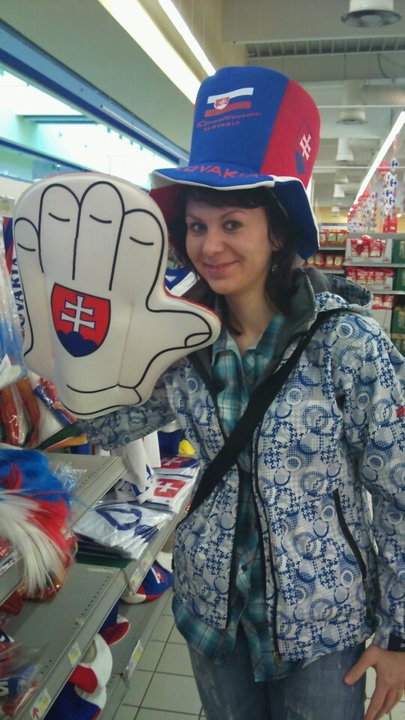
Condition Monitoring of Truck-Drivers in the EU and the USA
ABSTRACT:
Road accidents involving trucks cause far-reaching consequences for property as well as human lives in comparison with other accidents. Therefore, it is necessary to create an environment in which truck drivers can safely perform their work and find a way of keeping tired truck drivers off the roads. The goal of this research is to review the required policies and legislation for truck drivers in the EU and the U.S. Based on this review, a comparison analysis of both policies will be performed. A further step will involve the analysis of crash data from the EU and the U.S. A principal focus is labeled at the behavior of drivers and driving conditions. Statistical analyses will be performed on the crash data and inferences will be drawn. This work will also draft recommendations and propose changes in legislation in terms of road safety based on the advantages extracted from both the EU and the U.S.
Satyen Awale - Masters Student
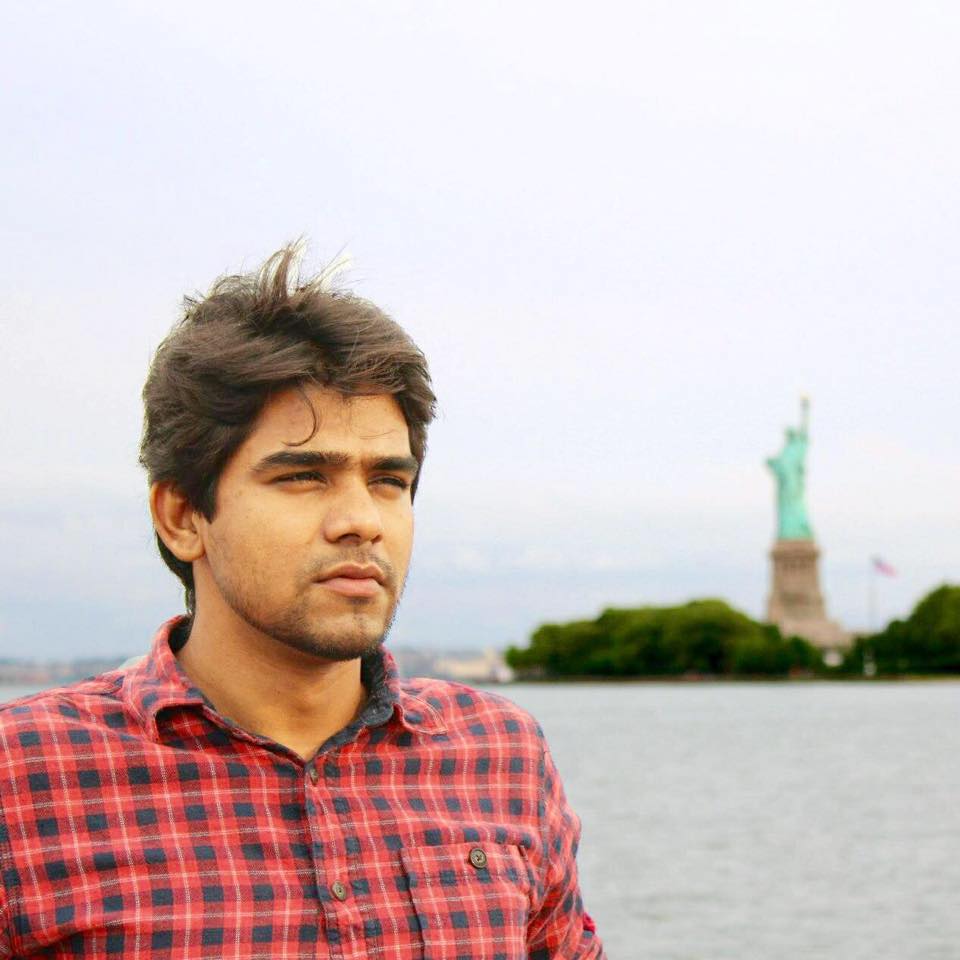
Collaborative Freight Carrier Systems: Collaborative Hybrid Hub-and-Spoke Networks
Sayten is develped algorithmic approaches to a centralized carrier collaboration multi-hub location problem (CCCMLP) for the small- to medium-sized less-than-truckload (LTL) industry. The CCCMLP represents a strategy in which a central entity (e.g., a third party logistics firm) seeks a set of hybrid collaborative consolidation transshipment hubs to help establish a collaborative hybrid hub-and-spoke system that minimizes that total collaborative costs for the set of collaborating carriers. A carrier has the option to either collaborate or directly ship their respective demand without collaborating. This decision is dependent on the expected profit margin over shipping directly while following a revenue generating rate setting behavior. The CCCMLP is formulated as a variant of the P-hub location problem, which is NP-hard and solved…